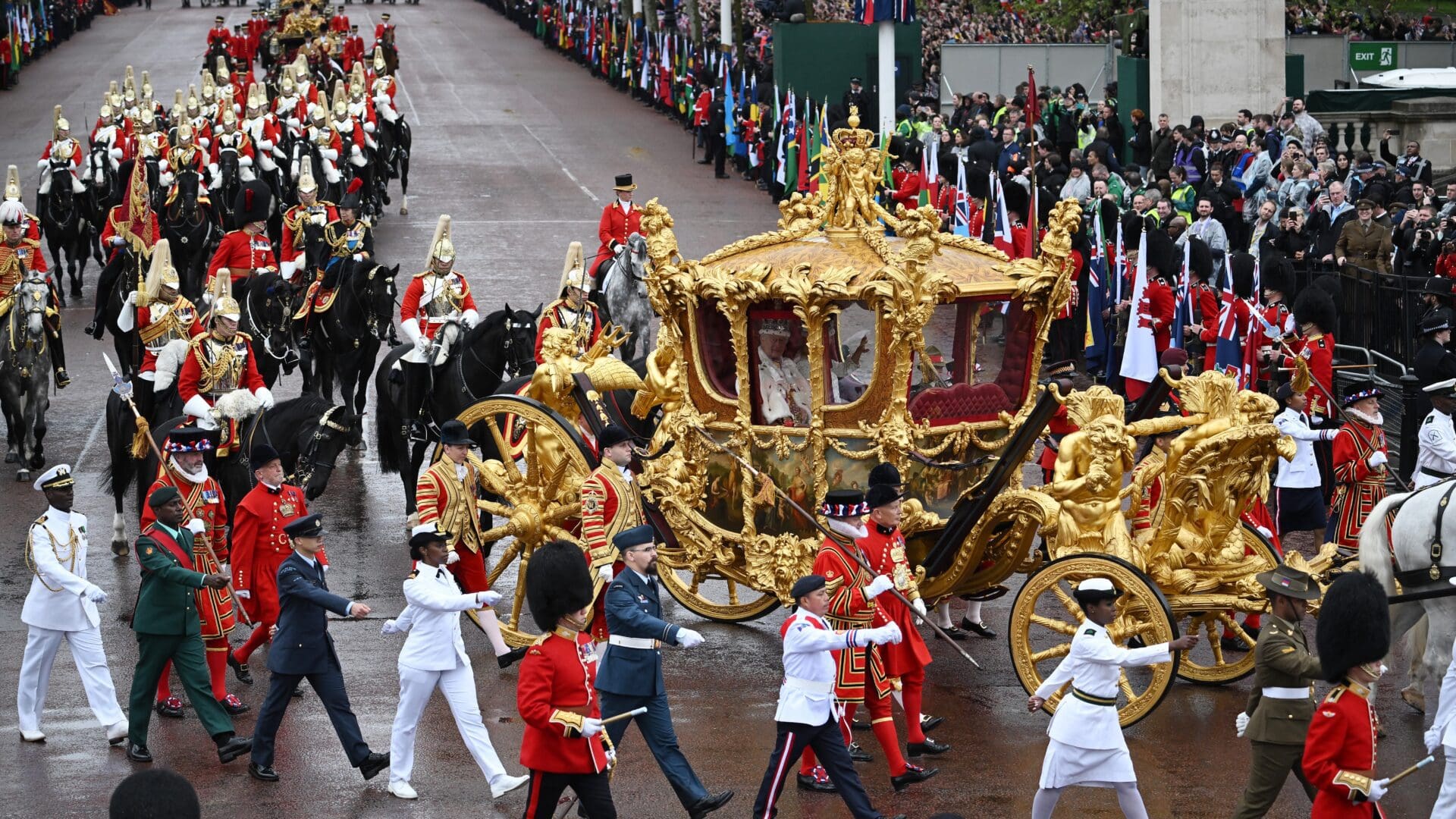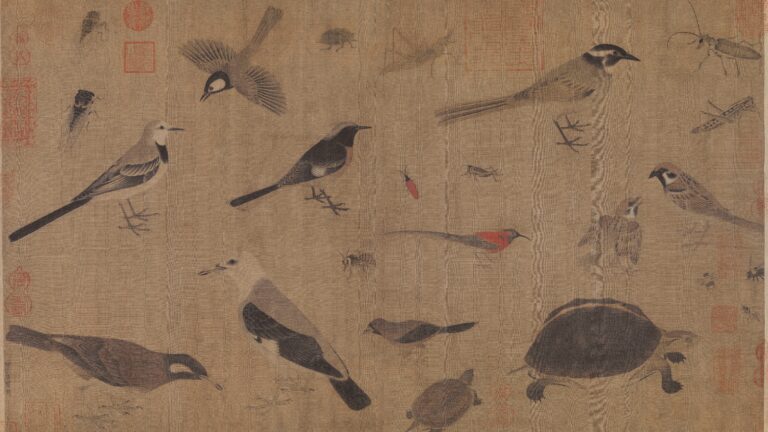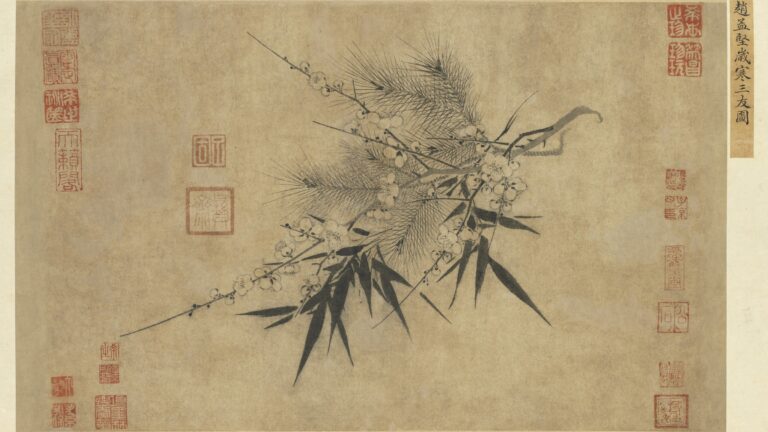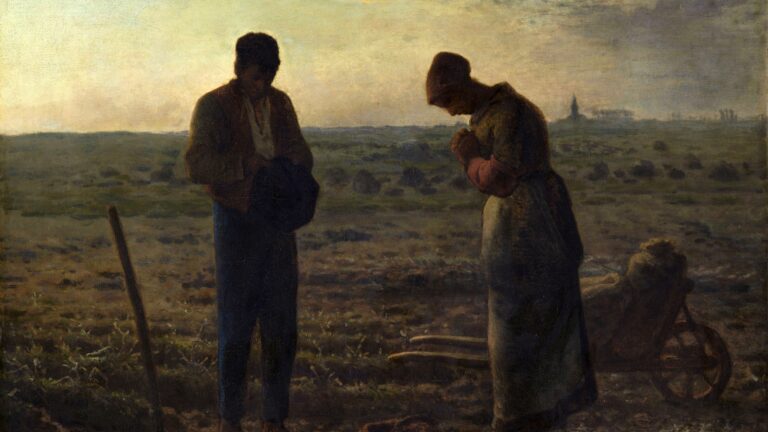What can be noted about the connections between politics and aesthetics today is that ‘political aesthetics’, i.e. the question of taste, seems to be non-existent in this terrain. Political power—at least in theory—is no longer surrounded by an arcana imperii, which, according to Shakespeare, is in the soul of the state.
The moderns see the state mostly as a rational distribution mechanism, a kind of machine, and politicians as officials who are responsible for the well-oiled operation of that machine.
This image is completely parallel with the wish for overall rationalisation (and bureaucratisation): the elimination of everything from existence that cannot be quantified and measured. This was one of the main aspiration of the rationalist Enlightenment and this is also pursued today by its intellectual heirs. The disappearance of the aesthetical representation of power from politics parallels the egalitarian rhetoric of the rationalists. The representatives of power often emphasise today the ‘non-existence of differences’ with their own clothing and behaviour, although anyone who is not completely naïve knows in their heart—or at least from Aristotle—that the real differences can never be eradicated between the governor and the governed.
While the aesthetic discourse of modernity shifted more and more in the direction of ‘taste pluralism’, Taste with the capital ‘T’ ceased to exist.
The aristocratic distinction between bad and of good taste, together with the decline of aristocratic culture, may seem to have gone to waste, lost its meaning. In Europe, nowadays, mostly in the case of monarchies, we can talk about some kind of aesthetic representation: although, knowing how powerless and futile a ‘parliamentary monarchy’ is as an institution, the historical costumes may even seem grotesque in the eyes of some—and not entirely unjustifiably.
In the second half of the 18th century, one of the first conservatives, Edmund Burke, even feared for the ‘politics of beauty’ which was being threatened by the rationalist fury of the French Revolution. In Burke’s view, politics is more of an art than a science, as the rationalists of the French Revolution would have liked to see it. It is not a simple activity that operates entirely according to the laws of reason, which anyone who is diligent enough can learn from some sorts of specialist books. A certain degree of talent, sensitivity, intuition and creativity are also necessary for its cultivation. In order to ‘re-aestheticize’ the rawness of the exercise of power, one needs to have aristocratic qualities that can be acquired only in ‘good company’, that is, in clubs and casinos, ‘reserved’ for the traditional upper classes of society.
However, in the time that has passed since then, both the idea and the expression lost their attractiveness: it is worth observing
the gradual process of simplification that can be seen in the aesthetic self-expression of ‘representatives of power’.
As we move forward in time, we can notice that the clothes, expressions or even the manners of ministers, presidents, but also kings (or even dictators) that they use in the governor-governed relationship, have significantly lost their aesthetic emphasis. Here, too, the economy-centric, rationalistic atmosphere gradually becomes dominant as the traditional, not (purely) financial elites declines or were eradicated by revolutionary will and movements. As the overall picture of the public sphere changed, all the aristocratic qualities—which can be traced back to the ‘age of chivalry’—were substituted by the prosaic figures and measurements of the world of business.
Of course, this is difficult to avoid in a democratised society, in which authority as a basic principle is a secondary factor—more denied than affirmed—and where the legitimacy of political leaders requires a closer identification with ‘the people’: even if this identification is not infrequently feigned—not to mention the close connection between ‘world democracy’ and multi-global capitalism.
Can we prove the truth of the ‘critics of taste’ in that with the disappearance of the ‘aesthetic veils’ of power, the politics of today has really become less hypocritical, more rational and, above all, more just?
This was the view of Edmund Burke’s critics in the late 18th century. Mary Wollstonecraft, Thomas Paine, or James Mackintosh stressed ‘political rationalism’ (Michael Oakeshott) as an argument in their writings against Burke.
It seems certain, at least from a conservative point of view, that if we look for justification in history, we will often run into contradictions. The optimism of these authors and the salutary nature of the political doctrine based on abstract rationality has hardly been confirmed by the course of history—
consider the unprecedented wars, genocides and economic-political manipulations of the 20th century—
but the list goes on almost endlessly. Is it possible to separate tradition and aesthetics? Aren’t we talking about two sides of the same reality?
Burke was perhaps more sharp-eyed than his critics, in terms of his understanding of the ‘revolutionary spectacle’ that he criticised in the Reflections, which is intimately connected to the power concept of popular sovereignty. He also understood that there is undoubtedly something charming, something sublime in ‘the rule of the people’, on which the rising democracy can also rely. At the same time, he also understood what dangers this entails and what opportunities it provides for the possible demagogue.
This is why Burke considered that a deeply-rooted and loyal-by-nature aristocracy is a prerequisite for the constitution of the social body, because ‘a great mass of people’ can only be formed into a shape by authority and outstanding persons, whom people look up to as their natural leaders. As Burke (1791) writes in his Appeal:
‘…For this reason, no legislator, at any period of the world, has willingly placed the feat of active power in the hands of the multitude: Because there it admits of no control, no regulation, no steady direction whatsoever. The people are the natural control on authority; but to exercise and to control together is contradictory and impossible. As the exorbitant exercise of power cannot, under popular sway, be effectually restrained, the other great object of political arrangement, the means of abating an effective desire of it, is in such a state still worse provided for. The democratic commonwealth is the foodful nurse of ambition.‘
By ‘politics of beauty’ Burke meant a view of existence that sees the political sphere and the intricate complexity of interests and human relationships within it
as something that originates itself from a sphere that transcends rationality.
Representation, the ‘aesthetic veil’ of power fit exactly into his worldview. Of course, this view is not unique to Burke, but to all human civilisations that base their existence on the Being in itself (or in theological terms: God), and as a consequence of this fact, the empirical human subject does not stand on its own, but is referred to a ‘behind-reality’, which immeasurably exceeds the individual. As a consequence, the judgments of human reason, within the framework of individuality, also cannot be completely autonomous, but need the get help from the sphere of transcendence.
There is no doubt, of course, that the importance of ‘the aesthetics of politics’ can in no way be limited to period of 18th century Great Britain. In fact, the aesthetic dimension has always been part of the exercise of power, in antiquity and the Middle Ages as well as after the 18th century.
It is quite striking that the 20th century’s totalitarian political ideologies that came to the fore in the first half of the century, such as communism, national socialism or fascism, also drew significantly from this tradition. Walter Benjamin, for example, in his analysis of fascism talks about ‘the aestheticization of politics, to which communism responds with the politicisation of art.’ Today’s alternative and postmodern political movements, such as the greens, anarchists, the new right or the feminists, also use a distinctive aesthetic expression, which in a certain sense means a return to the ‘politics of beauty’.
An aesthetic discourse can become equivalent to the rational, or even supersede it in some cases. However, the use aesthetics in these cases means rather a grotesque and inverted counter-beauty: exactly as Kuehnelt-Leddihn put it about the relationship between the traditional kingdom and the totalitarian dictatorship of the 20th century: (modern) dictators are ‘monarchs minus their essential attributes’. However, the perception of the state as ‘rational’ and as a ‘machine’ constantly fails, in every case without exception: we can also notice the reflection of this truth in the temporary or postmodern return of the politics of beauty.






